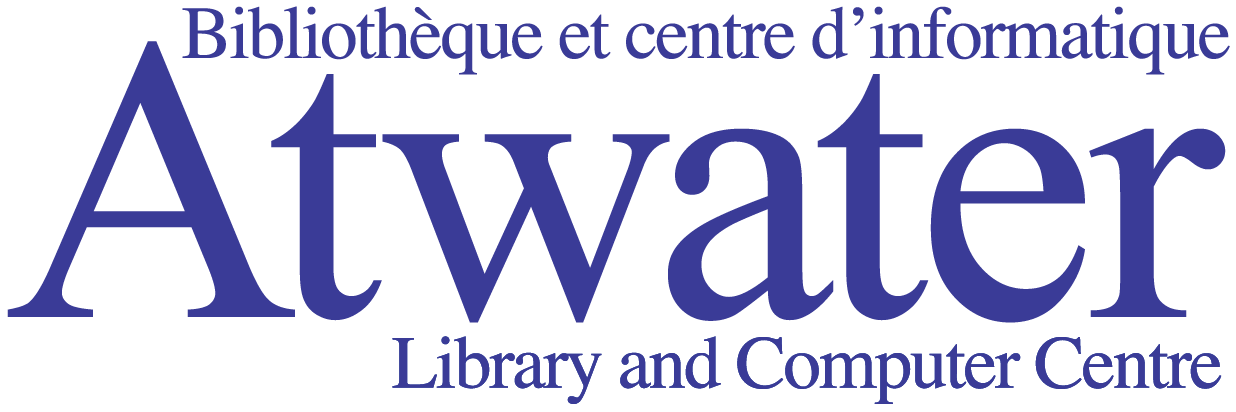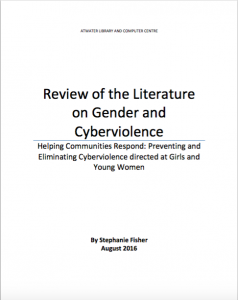Here is the awesome Lit Review written by Stephanie Fisher for Phase 1 of our project. Here's the intro to get you started:
“We have to acknowledge that online threats are as real and unacceptable as threats posed in the offline world. The landmark resolution 20/8 on internet freedom adopted by United Nations Human Rights Council in 2012, affirmed that “the same rights that people have offline must also be protected online, in particular freedom of expression”, and set out a clear path in this respect.
Sarah Jeong, lawyer, journalist and author of The Internet of Garbage, provides proper context, "moderation paradoxically increases the number of voices heard, because some kinds of speech chills other speech. The need for moderation is sometimes oppositional to free speech, but sometimes moderation aids and delivers more free speech".” (Online threats of murder, rape, a daily reality for many female journalistshttp://www.ifex.org/international/2015/08/31/online_threats_female_journalists/)
Introduction to the literature review
This literature review considers the gendered nature of cyberviolence, prevalence, manifestations or forms of misogynistic cyberviolence, interplay between on and offline gendered violence and misogyny, the normalization of cyberviolence, the role of anonymity and the consequences of cyberviolence directed at girls and women. Please note that although we prefer the term cyberviolence, because it is not yet widely used, a good deal of the relevant literature covered in our review deals with research on misogyny in cyberbullying.
A section of the review is devoted to Video Games & Gender. The video game section reviews the landscape of the games industry, representations of women in games, the culture of video game research and community and gamergate.
The literature review informed the design of our research with emerging themes shaping our interview and focus group questions. Both academic and popular cultural sources were considered for the literature review. Sources such as blogs, video-blogs (vlogs), and mass media offer critical and significant insights that expand the range of perspectives that we are able to include. Issues of gendered cyberviolence are often addressed by social media commentators in ways that more accurately express the perspective of young women themselves than the academic literature might.Read the whole thing: Download the PDF

